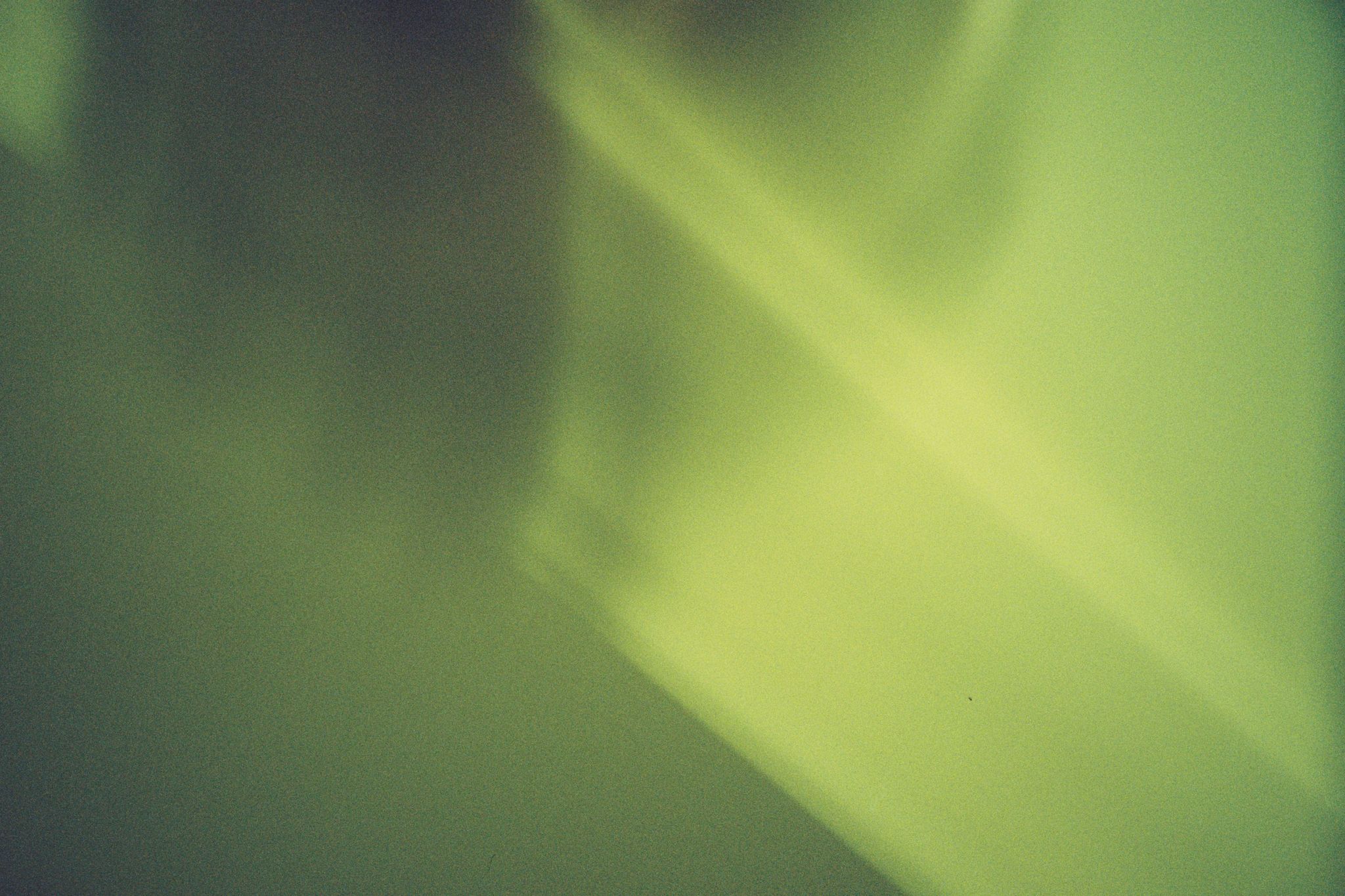Words: Elle Bowler (She/Her)
With one in six people worldwide employed in fashion related industries, it is fair to say the fashion industry not only has an influence on our social and cultural affairs, but also has direct implications on the state of our economy. Clothing is traditionally a way we express ourselves, how we feel comfortable in our bodies and the world around us. Through protest fashion, people serve this purpose; silently expressing what they’re willing to fight for, and frequently utilising colour to do so.
The field of study, known as ‘colour psychology’ focuses on how variation in hues has determinant implications on emotional states and thus on human behaviour. So, how has colour been mobilised for political and cultural purposes through the use of clothing? I think Miranda Priestly said it best in The Devil Wears Prada:
“you select… I don’t know, that lumpy blue sweater for instance, because you’re trying to tell the world that you take yourself too seriously … that blue represents millions of dollars of countless jobs, and it’s sort of comical how you think that you’ve made a choice that exempts you from the fashion industry, when in fact, you’re wearing a sweater that was selected for you by the people in this room… from a pile of “stuff.”
Whilst we may select an item out of personal preference, there are political roots to these seemingly “personal” choices. Therefore, there is sometimes a conflict between what we believe ourselves to be presenting, and the wider cultural implications of the colours we wear.
The economic capital of the industry, and the work of its labour force both play key roles in this argument. With the production of pigments and dyes being closely tied to imperial violence due to the British extraction of coloured dyes from colonised nations; colour and fashion are intrinsically political. The production of colour for material use is embedded in the political intersection of colour-as-hue and colour-as-race. A report on the 19th century British Indigo industry stated that not a drop of the colour had “reached England without being stained with human blood.” And it is through the subjugated labour and trading of enslaved Africans to the Caribbean and North America that the relationship between colour and colonial violence is further cemented. In looking at the history of the production chain that lies behind our style choices, it explicitly conveys that no item of clothing is exempt from the politics of its production.
An integral part of this production is the cultural and social context in which the item is made. This brings me back to the understanding of colour psychology in fashion and how colour associations have an impact in our day to day lives.
The local sectarianism between the Rangers and Celtic football teams is encapsulated in the divide between blue and green. Predating league football, the Old Firm rivalry has been rooted in traditionalism, religion, and opposing social attitudes. So much so that loyalties to these colours have cost lives; most recently in March 2021, Kamil Charyszyn, 35, was killed after getting in a verbal altercation with three men and a woman who were wearing Rangers colours. Wearing green or blue in certain areas of Glasgow represents years of complex identity politics, national history and transcends more associations than the game of football.
However, wearing particular colours equally has the power to bring us together; challenging societal norms, and reflecting the values of individuals. An example of this is the teal leotard that Simone Biles wore at the U.S Gymnastics Championships 2018 in solidarity with sexual assault victims and survivors. Coinciding with the height of the #MeToo movement and helping cement the conviction of USA gymnastic team doctor; the image of Biles in teal celebrating her historical 5 gold medals carries significant cultural weight. As one of over 100 gymnasts to come forward during the trial, it also held personal importance. Biles herself stated: “I stand with all of them and I think it’s kind of special to unite [people].”
Ultimately circling back to Miranda Priestly’s point, I believe that when we acknowledge the story of humanity that a simple cerulean-blue-sweater represents, we recognise the truth – while we may choose to believe that our style says something about our personalities, it really expresses more about our current cultural values and historical systemic profiteering. The political use of colour in clothing is a personal reconciliation. It is a form of self expression that enables unity in identity and a means to reflect what we believe in. And also, dangerously, a way in which we judge our friends and foes. From the social politics of wearing certain colours out, to the imperial extraction of pigments and dyes; the politics of colour in fashion runs deep.

